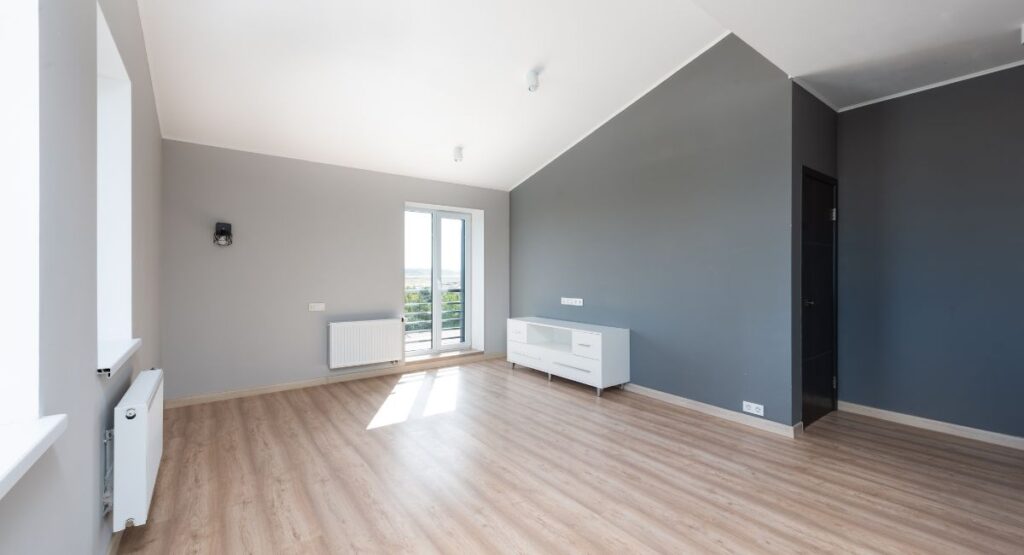
Daylight Saving Time – 3 Tips For Easily Remembering
Keeping up with Daylight Saving Time (DST) can be tricky, especially when the rules keep changing. Fortunately, there are a few simple tricks you can use to quickly and easily remember what time it is during DST periods and make sure that you set your clocks correctly.
Don’t Get Caught Off Guard by Spring Forward & Fall Back Rules.
One of the easiest tips is to remember the four-word phrase “spring forward and fall back.” Simply put, when it’s time to spring forward or set your clocks ahead one hour, you’re gaining an hour of daylight.
When it’s time to fall back or set your clocks back, you’re losing an hour of light at the end of a day. Keeping this phrase in mind can make remembering DST dates much easier.
Daylight Saving Time – When Does It Start & End?
While Daylight Saving Time may end up costing you an extra hour of sleep, it’s also a great time to make sure your home is safe. Make sure all smoke alarms and carbon monoxide detectors have fresh batteries.
You should also check any other safety items in and around the house, like fire extinguishers, flashlights, and first aid kits.
Addressing small repairs on the exterior of your home can help prevent more serious issues from occurring down the road. Inspect any window panes for potential leaks or drafty spots that could be letting air in, as well as check door hinges, thresholds, weather stripping, and locks.
Everything You Must Know About Daylight Saving Time
Whether it’s Daylight Saving Time, or any other seasonally-induced change of schedule, taking the time to ensure your space and your family’s well-being is always worth it.
Explaining the History and Purpose of Daylight Saving Time
By understanding the basic concept behind Spring Forward and Fall Back, you can avoid confusion when Daylight Saving rolls around. Additionally, consider the extra hour as a chance to add safety-focused tasks to your home maintenance list – both inside and outside – and protect your family year-round.
Daylight Saving Time History
Daylight Saving Time (DST) is an age-old concept that dates back to ancient civilizations when people adjusted their daily schedules according to the changing seasons.
As days grow longer during spring and shorter in autumn, historical civilizations divided daylight into 12 equal hours to accommodate changing sun patterns.
By the 20th century, many countries around the world had adopted DST as an effort to make the best use of available daylight and save energy costs.
Daylight Saving Time is a practice of changing clocks forward one hour from standard time during the summer months, and back again in the fall. The purpose of this is to make better use of natural daylight and save energy.
This concept was first implemented in Germany during World War One in 1916, and since then it has been adopted by many countries around the world.
Daylight Saving Time (DST) is an annual system of re-adjusting the clocks to make better use of the sunlight available in a day. This can be achieved by either moving clocks one hour ahead of standard time during spring and summer months or by turning clocks back one hour in autumn and winter.
DST was first proposed by Benjamin Franklin in 1784, with many countries since then introducing it as a practical way to save energy and make better use of natural light.
How to Adjust to Daylight Saving Time This Year
Daylight Saving Time (DST) was first introduced in 1810 by the Spanish National Assembly Cortes of Cádiz.
The regulation changed certain meeting times by one hour from May 1 to September 30, as a way to account for seasonal changes. Although this did not officially change the clocks, businesses began voluntarily adjusting their opening hours to take advantage of longer daylight hours during the summer months.
The idea of Daylight Saving Time (DST) was first proposed in 1895 by entomologist George Hudson of New Zealand. While working a shift job, he realized the value of daylight after-hours and proposed that clocks should be adjusted to make better use of daylight hours.
Since then, various countries have implemented DST to allow people to enjoy more daylight during the summer months.
What Is Included In Regular Cleaning Services?
- Ceiling fans and light fixtures (dusted)
- Blinds and window sills (dusted)
- Moldings and woodwork (dusted)
- Baseboards (dusted)
- Dust
- Clean kitchen appliances (out side)
- Clean sinks & countertops
- Scrub toilets
- Scrub shower & bathtub
- Vacuum and sweep all floors
- Vacuum Carpet
- More..
Download a free cleaning checklist
Download your free house cleaning plan and checklist now! Take advantage of this helpful gift to make cleaning simpler and more organized.
Sparkling Clean Offices in Allen, TX – Stress-Free Janitorial Services
Janitorial Office Cleaning Services Effortless, Reliable, and Customized Office Cleaning for Your Busy Schedule Request…
Trusted Move-Out Cleaning in Allen, TX
Trusted Move-Out Cleaning in Allen, TXEffortless Move-Out Cleaning for Stress-Free Transitions Request a Free Estimate…
Regular House Cleaning
Regular Home Cleaning Services Let us handle the cleaning so you can focus on what…
GET A FREE ESTIMATE
Live in Allen, Fairview, or Plano, TX, and need house cleaning help? Whether it’s a one-time or regular clean, request a free, no-obligation estimate with detailed pricing today!









